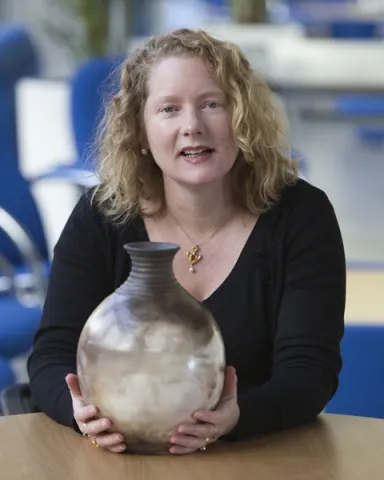Project overview
The city of Tinnis, a major port serving Egypt and the eastern Mediterranean, reached considerable importance during early Islamic times, prior to its decline and abandonment in the 12th/13th centuries. Located on an island in the sheltered coastal lagoon of Lake Manzala in the north-east Nile Delta, it was an excellent harbour for medieval shipping and a base for trading, fishing and military maritime operations. The archaeological site preserves traces of canals inside the town, and harbour facilities to the south and west. This project investigated the extent and nature of these waterways, particularly the south canal, by means of auguring and sedimentological analysis, with a view to analysing how the maritime infrastructure of Tinnis functioned. It also clarified the mechanisms behind the formation and colonisation of the island on which Tinnis sits, and changes to the lake level relative to the archaeology since the city's demise.
The Tinnis project is co-directed by Alison Gascoigne and John P. Cooper of the University of Exeter, and the sedimentological analyses were undertaken by Ben Pennington. For more information, please see B.T. Pennington (2020). 'The augur survey at Tinnis', 141-150 in A.L.Gascoigne et al. The Island City of Tinnis: A Postmortem. Cairo: IFAO Press.
The Tinnis project is co-directed by Alison Gascoigne and John P. Cooper of the University of Exeter, and the sedimentological analyses were undertaken by Ben Pennington. For more information, please see B.T. Pennington (2020). 'The augur survey at Tinnis', 141-150 in A.L.Gascoigne et al. The Island City of Tinnis: A Postmortem. Cairo: IFAO Press.
Staff
Lead researchers
Research outputs
Alison Gascoigne, John P. Cooper & Ziad Morsy,
2020
Type: book
